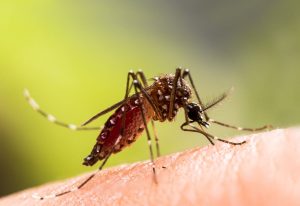THE NEWEST possibility in sexual safety is a dissolvable “tampon” that might be able to prevent the transmission of HIV during sex. A group of bioengineers at the University of Washington are currently researching the developing of the product, which would be inserted like a tampon and then dissolve, spreading around anti-HIV drugs minutes before sex.
The product is an exciting prospect for women, who are twice as likely to contract HIV from men during sex.
This isn’t the first time a topical prevention treatment has been suggested, but it is the first time a product has a more logical application. The tampon approach uses the drug maraviroc, an antiretroviral that is already approved by the FDA, and circumvents the messiness of anti-viral gels that don’t use an applicator. The “tampon” version would dissolve right away, eliminating some of the messiness of previously explored options.
One group to benefit from such a product is of course people who aren’t real big on using condoms, and those who rely on other birth control methods that don’t protect against STDs.
Cameron Ball, the lead author on the paper and doctoral student in bioengineering at the University told the Huffington Post: “We want something that dissolves quickly so that people can say, ‘Hey, I wasn’t planning on it, but I’m going to have sex in five minutes so I need to use this product, and I want it to be completely dissolved before that.'”
Still, the project is years—at least 5 according to Ball– away from clinical trials, and still 5 more before it might be hitting the shelf at your local pharmacy. By that time, who knows what corporations will be required or not required to cover.
Over in Australia, a condom with an antiviral compound has been approved that will prevent HIV, herpes, and other STDs with more than just its barrier. But the dude still has to wear the condom for it to work.
Overall the occurrence of new HIV transmissions has been steadily dropping over the years so we’re headed in the right direction, but the risk isn’t gone quite yet. The new HIV infections in 2013 were down 38% from 2001, and deaths due to AIDS have dropped 35% since 2005 due to better treatment options. Part of proper prevention includes spreading knowledge about the virus, which is one of the biggest setbacks toward eliminating its spread. One study found that 19 million of the 35 million people who live with HIV don’t even know that they have it.


-300x200.jpeg)









-300x241.jpeg)




